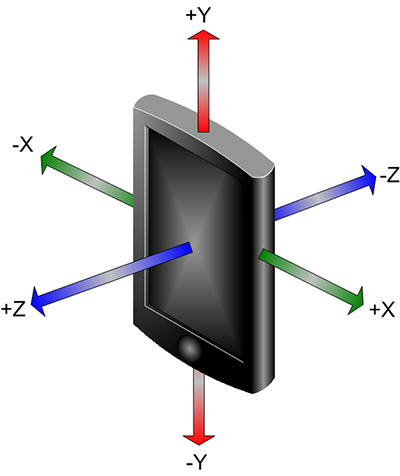These results are interesting & it would be nice to see what happens at a range of different shutter speeds. Some caution in interpreting the data is needed however because these vibrations are being measured at the periphery of the camera body & do not necessarily reflect what is happening at the sensor.
These measurements may not even be accurately representing the behavior at the camera body when you consider the attachment of the iphone to the camera body. The OP's description has the flat side of the iphone held against the hot shoe with rubber bands. Accurate vibration measurements require the accelerometers to be rigidly attached (like bolts or epoxy perhaps) otherwise the data is likely being influenced by the iphone vibrating relative to the camera body.
How the sensor moves will depend on how well it is isolated from the rest of the vibrating body & on any inherent resonance frequencies of the sensor itself.
The a7r 1/2 sec Z channel data show about a 40 Hz resonance superimposed upon a much slower event which damps out after 1/3 of the exposure. Something is definitely resonating but what that is is unclear.
There could well be some designed in isolation of the shutter mechanism from the rest of the camera body since it is the source of the vibration. However with the exception of IBIS there should be absolutely no movement of the sensor relative to the lens mount as this would seriously degrade image quality. This is in addition to any movement during exposure of the lens mount relative to global space which is what we generally think of as "camera shake". Image blur is the sum of both movements.
One way of sorting this out would be to correlate the measured vibrations with a critical examination of the images obtained from individual cameras.
Yes indeed. This is crucial. Without some proof of concept there can be no confidence in any conclusions made from these measurements.
So while many may note that the 1/2 sec data seems to show either the NEX 7 or D3 (with mirror lock-up) are similar with the least vibration, followed by the D3 (without mirror lock-up) and the a7r worst of the bunch,
this conclusion is meaningless.


